Does the Alternator Drain the Battery?
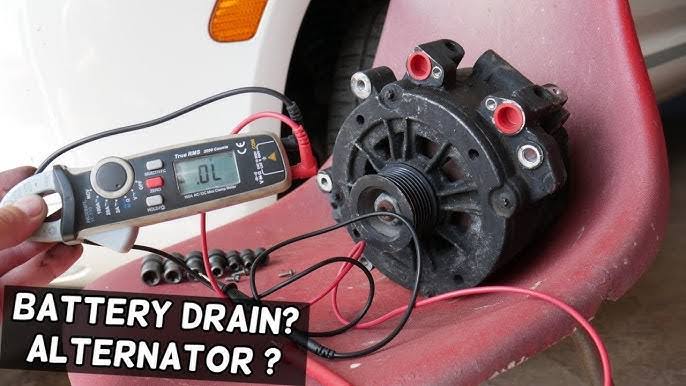
Your vehicle’s alternator plays a critical role in keeping your car running by generating electricity to power various systems and recharge the battery. However, many drivers wonder, “Does the alternator drain the battery?”
In short, the alternator should not drain the battery under normal circumstances. Instead, it works to recharge the battery. However, if the alternator is faulty, it can lead to issues, including battery drainage. In this article, we’ll explain how alternators work, the signs of a malfunctioning alternator, and steps to prevent battery drainage.
What Does an Alternator Do?
The alternator is an essential component of your vehicle’s electrical system. It generates electricity to power accessories like lights, the radio, and climate control while recharging the car battery.
Here’s how it works:
- The engine drives the alternator using a belt (the serpentine belt).
- The alternator converts mechanical energy into electrical energy.
- The alternator supplies power to the vehicle’s electrical systems and keeps the battery charged.
Under normal conditions, the alternator prevents the battery from draining while the car is running.
Can the Alternator Drain the Battery?
1. Faulty Alternator Components
A malfunctioning alternator can drain the battery if:
- Diode failure: The alternator’s diodes prevent electricity from flowing back to the alternator when the car is off. If these diodes fail, the alternator can drain the battery even when the vehicle is parked.
- Voltage regulator issues: If the voltage regulator malfunctions, the alternator may overcharge or undercharge the battery, leading to potential drainage.
2. Parasitic Drain
In some cases, the alternator may cause a parasitic drain on the battery. This happens when electrical components in the alternator continue to draw power from the battery even after the car is turned off.
3. Damaged Wiring
Faulty wiring between the alternator and battery can cause a short circuit, leading to battery drainage.
Signs of a Failing Alternator
A faulty alternator can cause several issues in your vehicle. Look for these signs:
1. Dim or Flickering Lights
Your headlights or interior lights may dim or flicker if the alternator isn’t supplying enough power.
2. Dead Battery
A dead battery could be a sign that the alternator is not recharging it properly.
3. Warning Light on Dashboard
Most vehicles have a warning light (often shaped like a battery or labeled “ALT”) that illuminates when there’s an issue with the charging system.
4. Strange Noises
A failing alternator may produce whining or grinding noises due to damaged bearings.
5. Electrical Malfunctions
Malfunctions in your car’s electronics, such as power windows or the radio, could indicate an alternator problem.
How to Prevent the Alternator from Draining the Battery
1. Regular Maintenance
Have your alternator and battery checked during routine maintenance to ensure they’re functioning correctly.
2. Inspect Electrical Components
Check the alternator, diodes, and voltage regulator for signs of wear or damage. Replace any faulty components promptly.
3. Watch for Warning Signs
Pay attention to warning lights or unusual behaviors in your car’s electrical systems. Address these issues early to prevent further damage.
4. Avoid Parasitic Drains
Ensure all vehicle accessories, like lights and radios, are turned off when the car is parked.
Testing Your Alternator
If you suspect your alternator is draining the battery, you can test it using these methods:
1. Check Battery Voltage
- Use a multimeter to measure the battery’s voltage with the engine off and then with the engine running.
- A healthy alternator should produce a voltage of 13.5 to 14.5 volts when the engine is running.
2. Perform a Parasitic Drain Test
- Disconnect the negative battery terminal and use a multimeter to measure the current draw.
- If the alternator is causing a drain, you’ll see an abnormally high current reading.
3. Professional Diagnosis
Take your vehicle to a mechanic or auto shop for a thorough inspection if you’re unsure about the alternator’s condition.
Frequently Asked Questions
1. How do I know if my battery or alternator is the problem?
If the car won’t start and the battery is dead, jump-start the vehicle. If it dies again soon after, the alternator is likely the issue.
2. Can a bad alternator kill a new battery?
Yes, a malfunctioning alternator can damage a new battery by overcharging or undercharging it.
3. How long does an alternator last?
Most alternators last between 80,000 and 150,000 miles, depending on usage and maintenance.
4. Can I drive with a faulty alternator?
Driving with a failing alternator is not recommended, as it can leave you stranded if the battery dies.
5. How much does it cost to replace an alternator?
The cost of alternator replacement typically ranges from $400 to $800, depending on the vehicle make and model.
Conclusion
Under normal circumstances, the alternator should not drain the battery; instead, it recharges it while the car is running. However, a faulty alternator can cause battery drainage due to issues like diode failure or parasitic drains.
To avoid battery and alternator problems, stay proactive with regular maintenance and address warning signs promptly. If you suspect an issue with your alternator, perform a diagnostic test or consult a professional mechanic to ensure your vehicle’s electrical system stays in top condition.
Also Check:
• Does a Bad Alternator Kill a Battery?
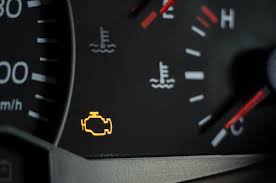
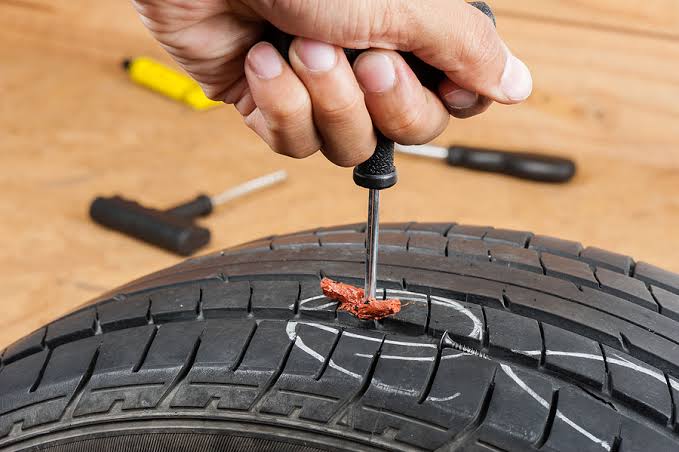

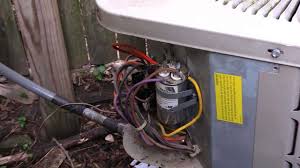
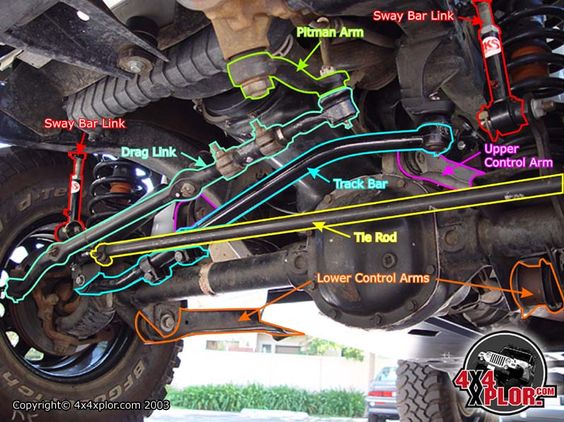
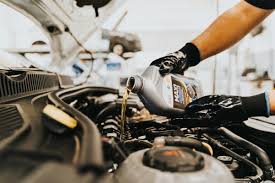
One Comment